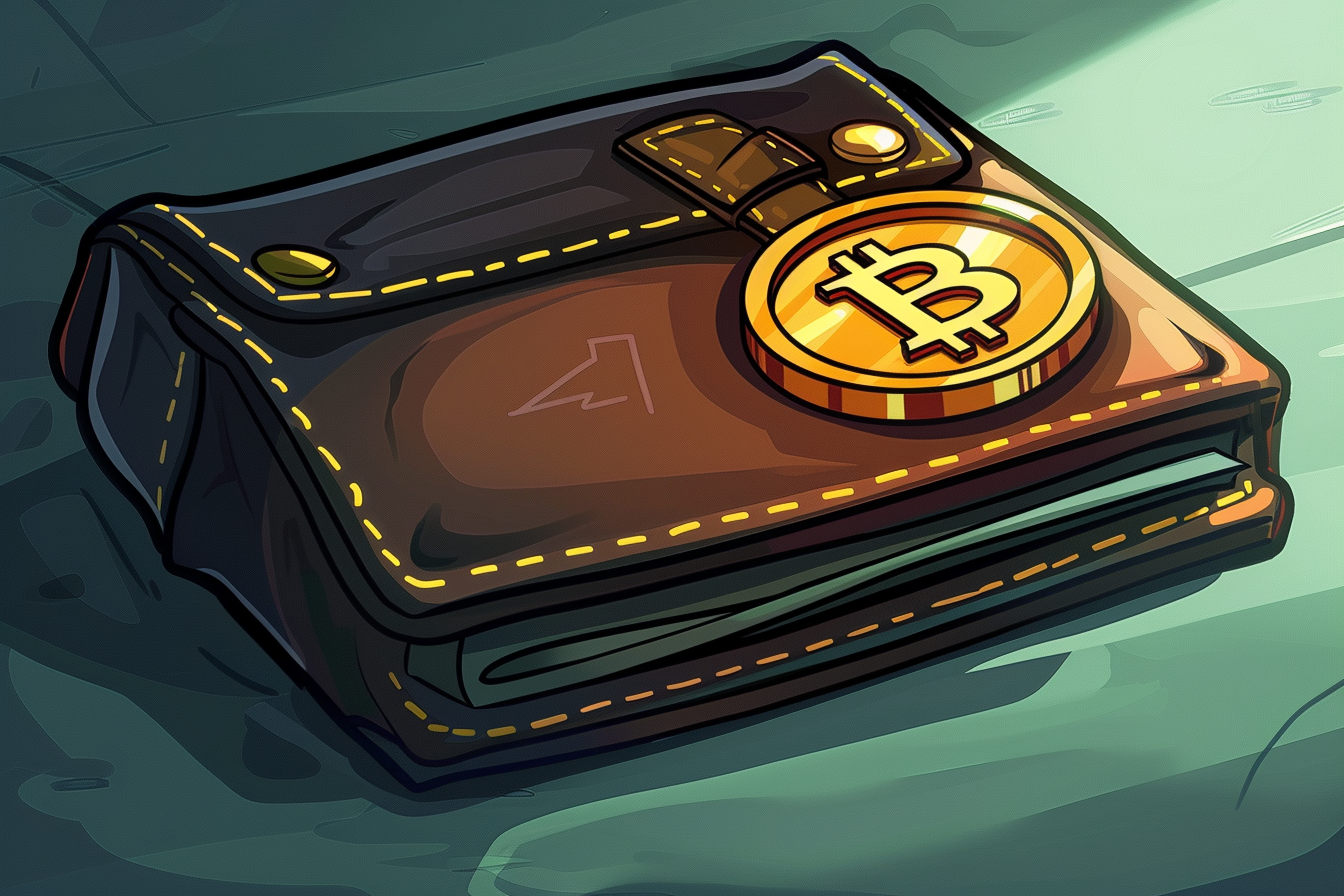Table of Contents
This column explores cryptocurrency markets from the perspective of a somewhat-grizzled trading veteran with a quantitative background and perhaps too much experience doing derivatives janitorial work. Finance is an old industry with a long history of everything from productive innovation to cartoonish fraud. Here we take a grand skeptical tour of a new corner of that world, with two tools that have consistently helped traders for millennia in our steamer trunk: math and knowledge of the past.
With stresses in the crypto markets there are growing questions around a few of the larger shadow banks. We are not going to dig too deeply into any specific companies here but the recent troubles at Celsius are indicative of what is happening.
Rather we are going to take a tour of what shadow banks are, why they exist, why they exist in crypto, and what usually happens to them at the end of cycles.
Traditional banks
To start off, what is a bank? Banks are companies that hold customer assets in accounts, make payments and offer financial services. But what is special about modern banks? The special thing is that they get to offer “insured deposits” to customers. You deposit your money and, even if the bank explodes, the government, or something adjacent to the government, promises to make good. The Singapore SDIC scheme is fairly representative of what we find around the world.
To be allowed to offer this product – and often to be allowed to use the word “deposit” at all – banks need to do two things. First they agree to be regulated where some part of the government gets to ask them all sorts of detailed questions, restrict business and generally intrude in ways we don’t normally see. And second the bank pays insurance premiums for their deposits. So they pay both in money and in restrictions on business.
Banks are given special powers which they are made to pay for in a few ways.
This is essential. The government is not offering free insurance. It’s offering reasonable insurance – where the regulator polices reasonableness – in exchange for stuff. And if there is a loss from some bank explosion or explosions…they’ll raise fees to claw it back from the industry as a whole. The government is always good for insurance claims because, in the limit, it can just print the money.
In short: banks are given special powers which they are made to pay for in a few ways.
Shadow banks
Shadow banks, simply put, are things that look like banks except they aren’t regulated or insured like banks.
They take “deposits” and offer returns as usual. You can’t legally call them deposits in most of the world – but you can issue “profit sharing certificates” or something, subject to the local securities laws. It’s the same idea.
For a crypto exchange this is the “funding” paid on currency balances. For example you can search for USD on Bitfinex’s funding page. That is a shadow banking product and there is nothing categorically wrong with it.
But these things are riskier. Sometimes structures crop up because a certain risk is not permitted inside the banking system (by the regulator or management or shareholders or whoever).
And sometimes they just appear as leaner competitors that don’t face the same costs. Fewer restrictions with less protection. It’s a market and competition is good. Adam Smith would be proud. Fine.
Crypto banks
For crypto you can probably spot the problem. Whatever your views on the regulatory situation one thing is clear: nobody can credibly offer crypto deposit insurance. The entire point of assets like BTC and ETH is that nobody can print them at will. So insured deposits go right out the window. The USD funding linked above has insured competition. The crypto funding at that same link does not. And because the exchange operator doesn’t want it — it’s because the product does not, and cannot by design, exist.
Whatever your views on the regulatory situation one thing is clear: nobody can credibly offer crypto deposit insurance.
All crypto banks are shadow banks in this sense. Switzerland offers banking licenses to these sorts of businesses but there is no banking-like coverage of the crypto assets. SEBA Bank is quite clear about this. These are essentially bank-operated and bank-marketed investment funds on the side of traditional banking. The same applies to licensed exchanges: in theory they can get fiat deposit insurance, maybe, but there is no backstop provider for the other stuff.
And that’s fine. These crypto services are subject to the usual sorts of client-custody segregation, truth-in-marketing, fraud and so on rules. And one hopes everyone is doing a great job there. But a bank-marketed investment fund is not a bank account and we need remain clear-eyed about that.
To a first approximation entities offering “crypto banking” are offering “banking with a side of crypto custody” and giving it a better name. Fair enough. This is not a marketing column.
Crypto shadow banks
Lastly we’ve got folks offering similar sorts of services but without any banking licenses at all. These are, unquestionably, the shadow banks of the crypto world. Most of the space fits into this bucket.
Here, you deposit assets – fiat, crypto, whatever – and they do something with them. And there are no guarantees. These are just businesses, subject to normal business laws.
Read more: A Mexican Standoff Inside the LUNAtic Asylum
Some are likely organized as a looser type of collective investment scheme. Maybe as a fund or partnership or something else. But we can comfortably say “looser” because “commercial bank” is just about the most tightly regulated thing in finance.
Can we make any promises about these businesses? No more so than we can about a random neighborhood restaurant.
Can we make any promises about these businesses? No more so than we can about a random neighborhood restaurant. Actually that’s not quite true. Some sort of local government authority probably inspects the restaurant. And it’s also a safe bet the crypto shadow bank is running a bit more leverage.
What happens now?
Shadow banks have a long history of blowing up when the inevitable downturn and crisis arrives. The name foreshadows this! In some bizarro world we would call the regulated thing “sunshine banks” and these things “banks.” Again this is not a marketing column.
Sometimes shadow banks get saved. In 2008 a lot of bank-affiliated shadow banking entities like SIVs got merged into banks and therefore backstopped by the government. This worked because those SIVs ultimately owed fiat currency (mainly USD) and the government could credibly guarantee payment. Some government, depending on the currency, could in theory backstop exchange fiat currency balances. But nobody can do that for the tokens.
Read more: Stablecoins: What are They Good For?
Predicting the future is hard, but one thing is for sure: as nobody is able to print BTC or ETH at will it won’t be possible to save these folks even if there is unlimited political will. Presumably this related to the whole HODL mode ridiculousness.
It’s going to get interesting. And, perhaps more than during any phase of crypto so far, we are likely to see new things emerge.









